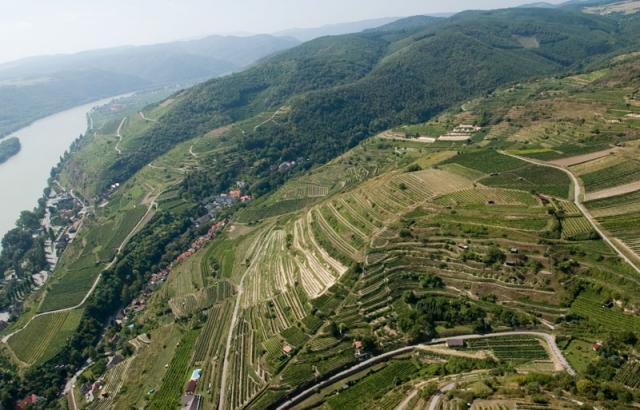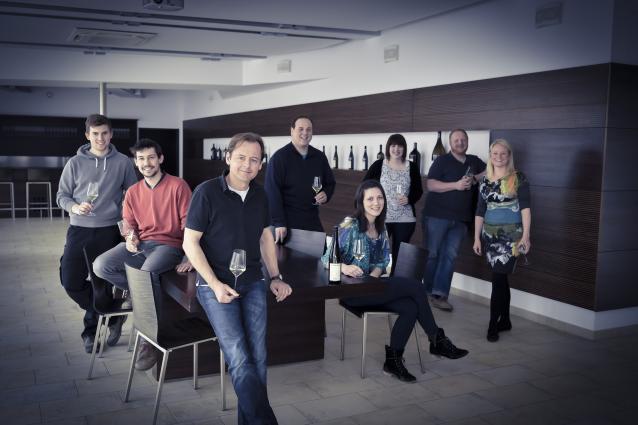Stadt Krems

Brand Description
Weingut Stadt Krems was founded in 1452 as a source of revenue for the hospital of Krems and is one of the oldest wineries in Austria. The municipality of Krems still owns the 560-year-old winery and is today one of the best in the region following the arrival of Fritz Miesbauer and his team in 2003. Miesbauer brought sweeping change to the entire operation, from the replanting of vineyards to the modernization of its cellar, and now produces model examples of Grüner Veltliner and Riesling that clearly express variety, vineyard, and soil. Farming practices are ‘Certified Sustainable’ by the Austrian Winegrowers Association, and the Weingut Stadt Krems belongs to the prestigious Traditionsweingüter.
Location of Vineyard
Kremstal is a transitional region between the deep loess soils of Kamptal and the steep stone terraces of Wachau. Weingut Stadt Krems owns 31 hectares of vineyards, all located within the city limits of Krems and its neighboring Stadtteil (district) of Stein. Following the appellation structure of the Traditionsweingüter, "Gebietswein" (regional wine), such as Grüner Veltliner Kremstal DAC and Riesling Kremstal DAC, reflect Kremstal’s regional character. "Ortswein" (village wine), such as Grüner Veltliner Stein, features the mineral quality typical of the village. Riedenwein (single vineyards) sit atop the quality pyramid and include two sites classified as Erste Lage (premier cru) by the Traditionsweingüter: Grüner Veltliner Ried Wachtberg and Riesling Ried Grillenparz.
Winemaking and Viticulture Philosophy
One of Miesbauer’s first tasks upon his arrival was to clean and modernize the cellar installing current vinification technology and new temperature-controlled stainless steel tanks. Grapes are hand-harvested and carefully sorted to remove botrytis. Whole bunches go into a pneumatic press, and fermentation is initiated by inoculation with cultured yeasts, or spontaneous, depending on the vintage and vat. Vinification and aging take place in stainless steel tanks. Klassik wines rest on their fine lees until late winter following the harvest while Reserve wines remain on their fine lees until the summer following the harvest. The wines are fined and filtered before bottling.
 Winery Profile
Winery Profile
Winemaker: Fritz Miesbauer and Peter Rethaller
Total acreage under vine: 76
Founded: 1452
Production: 300000




